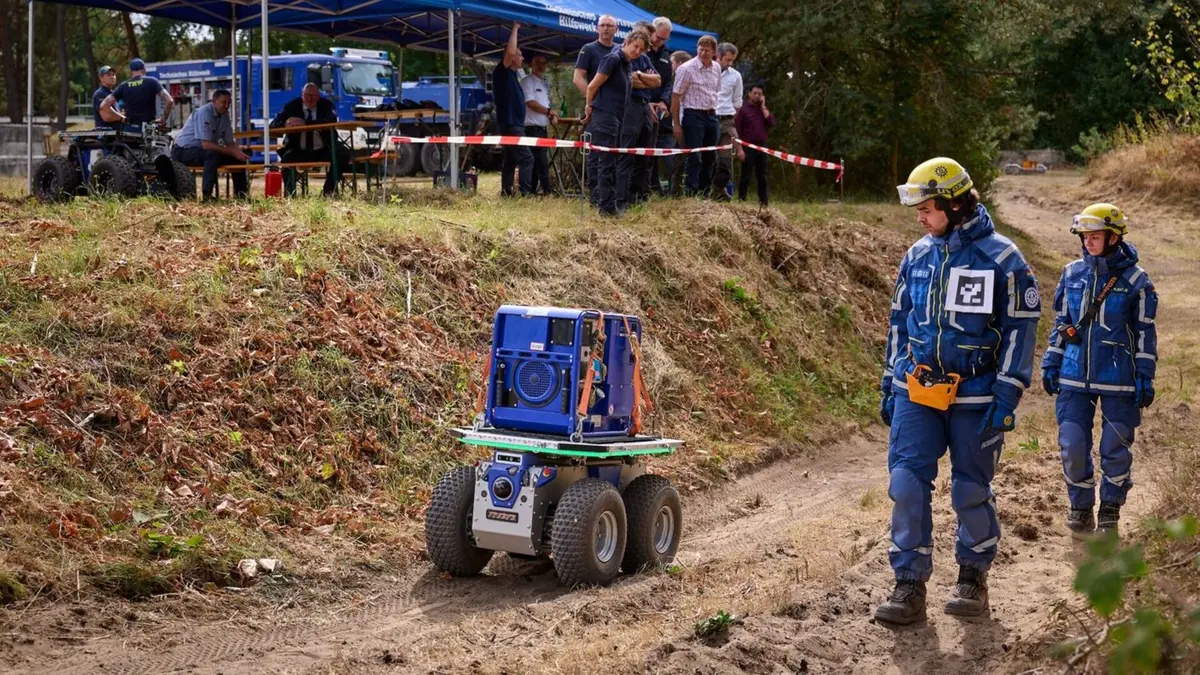By Futurist Thomas Frey
In a world where disasters strike without warning, the difference between life and death often relies on seconds. German engineers have now unveiled a robot explicitly engineered for disaster response—capable of entering rubble, traversing unstable terrain, sensing survivors, and operating autonomously or semi-autonomously under chaotic conditions. This isn’t just a better drone or remote tool—it’s the next generation of first responder.
Rescue robots have existed for decades—but they’ve always been handicapped by trade-offs: limited mobility, fragile sensors, weak decision logic, or dependence on constant human oversight. The new German design pushes those limits. It uses multi-modal sensing (lidar, thermal, acoustic), dynamic locomotion legs and tracks, built-in AI for pathfinding in shifting debris fields, and modular tools—cutters, cameras, medical deployers—swappable in the field.
Continue reading… “When the Rescue Doesn’t Wait: Germany’s Disaster-Response Robot Redefines First Aid”

